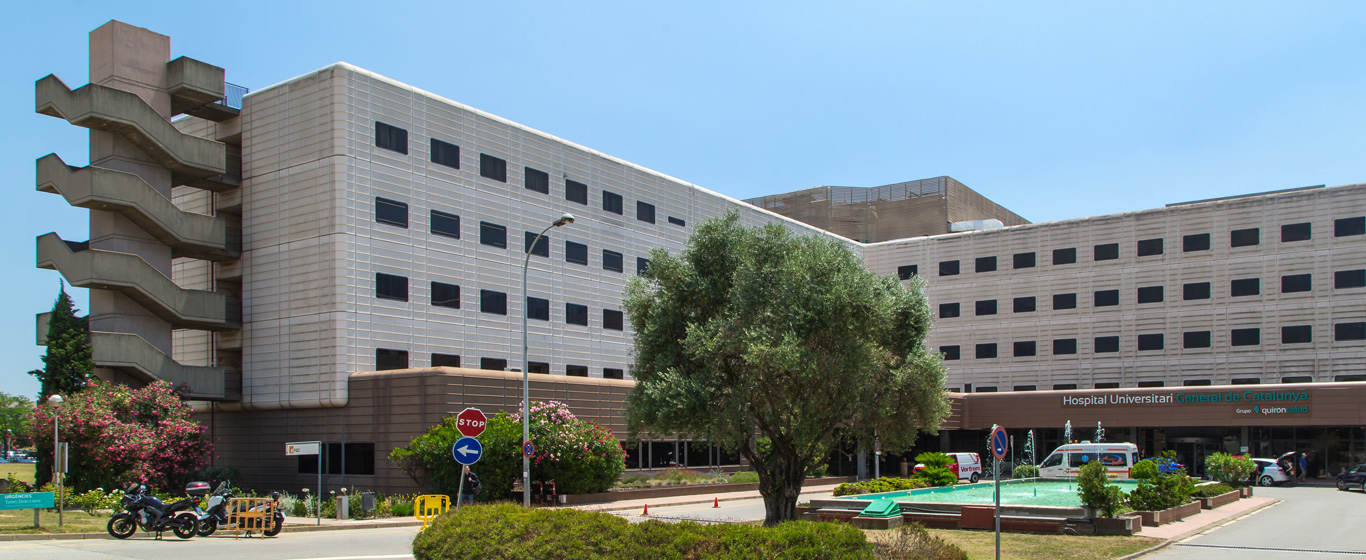Neuronavigator
The neuronavigator is a technology used in neurosurgery that facilitates real-time lesion localization. Its operation consists of combining diagnostic images with those obtained during the procedure.
The neuronavigator is a state-of-the-art technology used in neurosurgery to precisely understand brain anatomy. Its use allows for the exact localization of the lesion, as well as its shape and size, thereby minimizing the risk of affecting the patient's functional abilities as a consequence of the surgery.
In traditional operations, the specialist must mentally correlate what is observed upon opening the patient with the previously obtained images. However, when using the neuronavigator, which is a computer-assisted surgery system, each anatomical point visualized live can be accurately located within the images used for diagnosis and surgical planning.
By combining real-time images with those studied to address the pathology, surgical precision increases significantly.
How does it work?
Before the operation, a magnetic resonance imaging (MRI) scan or a computed axial tomography (CT) scan is performed to study the patient's brain or spinal structure and determine the location and characteristics of the lesion.
During surgery, a pointer with infrared cameras is used to indicate areas of interest. Thanks to an optical system, the 3D images generated by these cameras are superimposed onto the previously acquired images. This way, the surgeon has precise information on the pathology’s location (with a margin of error of less than a millimeter) to determine the best approach. By displaying the images on operating room screens, assistants can provide input if necessary.
To achieve this result, the neuronavigator consists of:
- Infrared cameras.
- Instruments equipped with sensors detectable by these cameras.
- A computer that processes and correlates the information with previous images.
- High-resolution screens.
In essence, the neuronavigator functions similarly to GPS navigation systems.
Some devices also include an ultrasound probe that provides post-surgical images to evaluate the outcome and make any necessary adjustments immediately.
What are the benefits of the neuronavigator?
The neuronavigator offers multiple benefits in the field of neurosurgery:
- Precise visualization of the affected area.
- Shorter surgical procedures.
- Smaller incisions, leading to fewer complications.
- Ability to locate very small lesions.
- Capacity to determine the best approach to the lesion.
- Reduced risk of complications.
- Better identification of tumor margins.
- Personalized treatment.
- Final surgical control using ultrasound imaging.
When is it indicated?
Neuronavigation-guided surgery is particularly indicated for the following cases:
- Brain or skull base tumors.
- Small and deep-seated lesions.
- Pituitary gland surgery.
- Drainage of brain abscesses.
- Epilepsy surgery.
- Brain lesion biopsies.
- Spinal fixation using transpedicular screws.
What to expect from the neuronavigator
The use of the neuronavigator reduces the risks and duration of brain surgery, as well as potential side effects. However, the patient does not perceive these differences during the procedure.
Before the operation, the specialist performs an MRI or CT scan for surgical planning. These exams are done on an outpatient basis and are painless. To enter the radiology room, the patient must remove any metal objects (glasses, jewelry, dentures) and change into a hospital gown. In some cases, an intravenous contrast agent is administered, which may cause slight discomfort at the injection site. While lying on a stretcher, the patient is inserted into a tube-shaped scanner and must remain as still as possible until all images are captured.
On the day of surgery, the hair in the incision area may be shaved. Once in the operating room, anesthesia is administered to sedate the patient, who will remain in the recovery room for several hours after the procedure. In some cases, the patient must remain awake to assess neurological functions, using local anesthesia. In these instances, the patient will be asked to answer a series of questions at the end of each surgical phase.
The duration of brain or spinal surgery varies depending on the characteristics of the pathology and the surgical approach.
Specialties where it is used
The neuronavigator is a technology used in neurosurgery.










